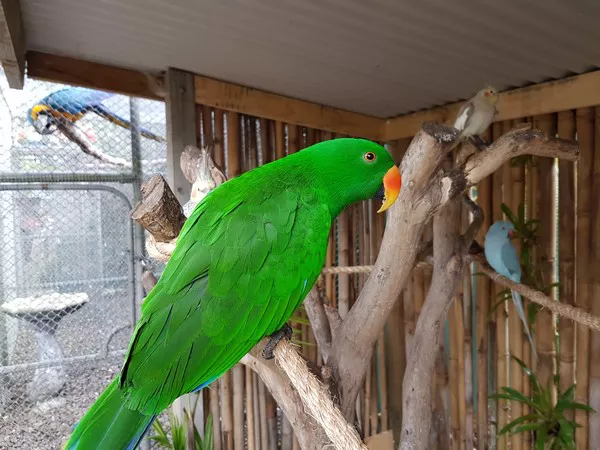Crate training is an important aspect of raising a Pomeranian puppy. Not only does it provide a safe and comfortable space for your pup, but it can also help with house training and prevent destructive behavior when you’re away from home. While crate training may seem daunting, it can be a relatively easy process with the right approach. In this article, we’ll cover everything you need to know about how to crate train a Pomeranian puppy.
-
Choose the right crate
The first step in crate training your Pomeranian puppy is to choose the right crate. The crate should be just big enough for your pup to stand up, turn around, and lie down comfortably. It should also have proper ventilation and be sturdy enough to withstand your pup’s chewing and scratching.
There are different types of crates available, including plastic, wire, and soft-sided crates. Each type has its own advantages and disadvantages. For example, plastic crates are more durable, while soft-sided crates are more portable. Consider your lifestyle and your Pomeranian’s needs when choosing a crate.
-
Introduce the crate
Once you have the right crate, it’s time to introduce it to your Pomeranian puppy. Place the crate in a location where your pup can see and smell it. Leave the door open and place some treats or toys inside to encourage your pup to explore.
You can also try feeding your pup in the crate to create a positive association. Gradually increase the amount of time your pup spends in the crate, starting with short periods and gradually extending the time.
-
Use positive reinforcement
Positive reinforcement is an effective way to crate train your Pomeranian puppy. Reward your pup with treats or praise when they enter the crate or when they remain calm inside. Avoid using punishment or force, as this can create negative associations with the crate.
-
Set a schedule
Establishing a regular schedule can help your Pomeranian puppy adjust to the crate. Schedule meals, playtime, and bathroom breaks at regular intervals throughout the day. This can help your pup learn when it’s time to go into the crate and when it’s time to come out.
-
Practice patience
Crate training a Pomeranian puppy takes patience and consistency. Your pup may whine, bark, or scratch when they first start using the crate. It’s important to resist the urge to let them out or to give in to their demands. Instead, remain calm and wait until they are quiet before opening the door.
-
Gradually increase crate time
As your Pomeranian puppy becomes more comfortable with the crate, gradually increase the amount of time they spend inside. Start by leaving them in the crate for short periods while you’re at home and gradually extend the time. It’s important to avoid leaving your pup in the crate for extended periods, as this can be stressful and counterproductive.
-
Don’t use the crate as punishment
It’s important to avoid using the crate as a form of punishment. This can create negative associations and make crate training more difficult. Instead, use the crate as a safe and comfortable space for your Pomeranian puppy to rest and relax.
-
Monitor your pup
While crate training can be a useful tool, it’s important to monitor your Pomeranian puppy’s behavior and adjust the training as needed. If your pup shows signs of distress or discomfort in the crate, it may be necessary to adjust the training or seek the advice of a professional trainer.
In conclusion, crate training can be a valuable tool in raising a well-behaved and house-trained Pomeranian puppy. By choosing the right crate, introducing it gradually, using positive reinforcement, and setting a regular schedule, you can help your pup learn to love their crate. Remember to be patient and consistent, and seek professional help if necessary. With time and effort, your Pomeranian puppy can become comfortable and happy in their crate, leading to a peaceful and happy home for both you and your furry friend.
Recommended reading:
How to Train Your Pomeranian Puppy: Just 7 Steps


























